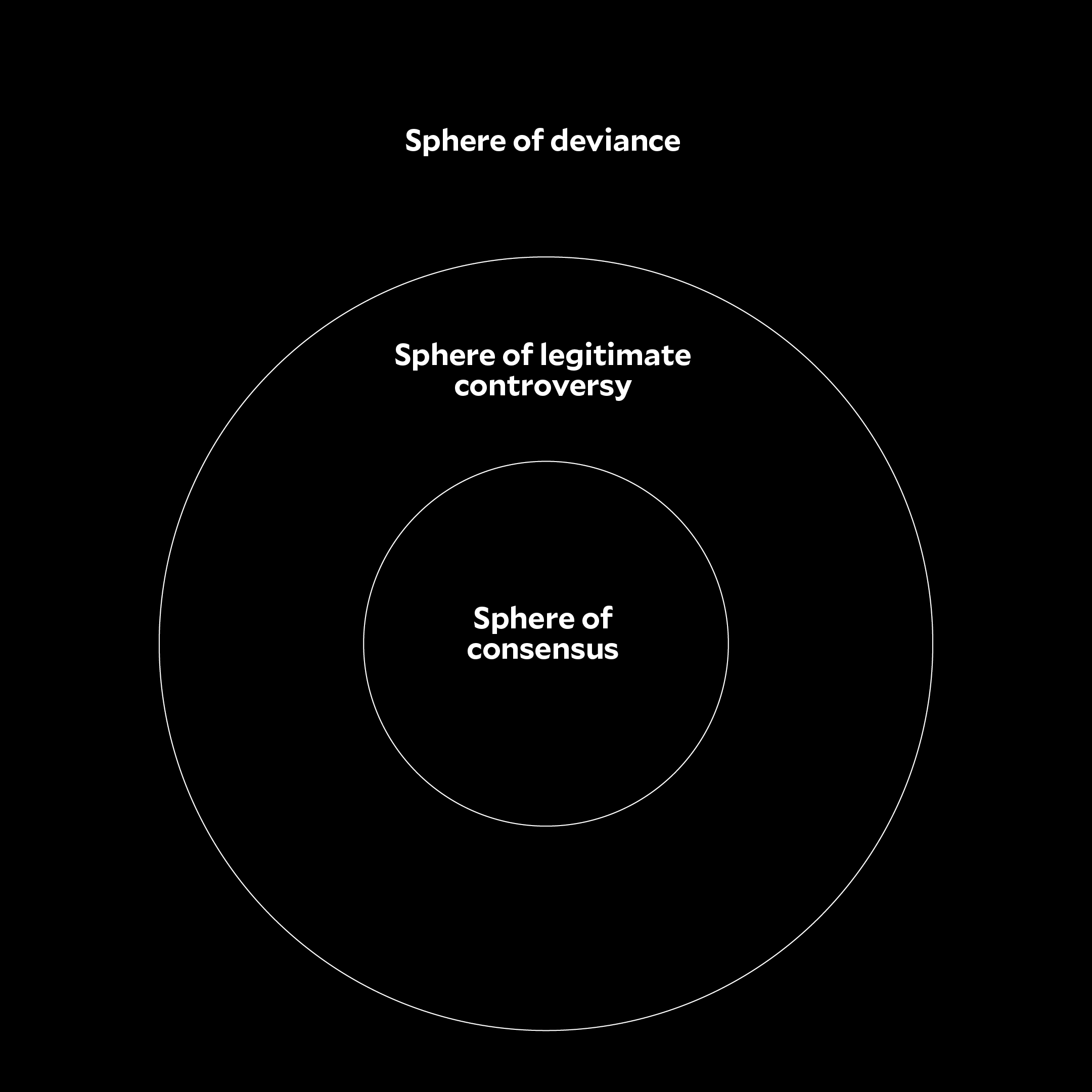How the Right Explains Trump’s Authoritarian Logic to Themselves
Last year, Manhattan District Attorney Alvin Bragg unsealed a criminal indictment against former President Donald Trump for 34 counts of falsifying business records. To right-wing pundits, this amounted to a declaration of war—a “legal jihad,” in the words of a Wall Street Journal op-ed. It was only one of a series of indictments. And Trump, along with his clique, needed an explanation of how all this was just a witch hunt. In the spinning of Trump’s crimes, a portmanteau has appeared that holds the logic of their argument: “lawfare.”
In July, Trump’s defense team used it in a motion to toss out his guilty verdict. At this summer’s National Conservatism Conference, John Yoo (of the torture memos) and John Eastman (of the coup memos) discussed “Lawfare: The Criminalization of Politics.” House Judiciary Committee Chair Jim Jordan even proposed legislation that would “defund the lawfare activities” of state and federal prosecutors.
As institutions prove their independence by holding Trump accountable, he calls them corroded, arguing that he must be allowed to further break laws and democratic norms to fix them.
“We want to restore both the perception and the reality of respect in the judicial system,” Elon Musk told Trump in a rambling two-hour X interview on August 12. “Just, you know, stop the lawfare.”
The timing is important. Trump and his allies intensified attacks on the legal system only after the former president was on the losing end of it. Trump has long campaigned on restoring law and order. But what to do when he’s held to it? The corrupt courts came after me, he tells us, and they could come after you, too. Unless, of course, the country reelects Trump to clean it all up.
It’s tempting to flatter myself with the idea that the former president is suddenly obsessed with Lawfare, the online publication focused on national security and threats to democracy where I work as managing editor. But the right’s version of lawfare—and other Trumpian variants such as the redundant “legal lawfare”—have taken a longer, stranger journey to Trump’s Truth Social page. The term’s modern usage is often attributed to Air Force Maj. General Charles J. Dunlap Jr. Reacting to debates about war strategies used during the 1999 Kosovo campaign and in the wake of 9/11, Dunlap defined it as “the use of law as a weapon of war.” He later clarified lawfare as a value-neutral tool, but many still use it pejoratively.
In the 2010s, the word “lawfare” moved to the domestic politics of South America. When progressive leaders like Brazil’s Luiz Inácio Lula da Silva and Argentina’s Cristina Fernández de Kirchner faced dubious corruption charges, the Anglicism “lawfare” appeared nearly daily in speeches and media stories. Kirchner in particular called out the use of manipulative legal procedures to delegitimize progressive leaders.
Trump and his supporters are doing more than merely swapping left with right. In August, the former president told Musk that lawfare is something that happens “in banana republics and third world countries,” an unprecedented phenomenon in the United States until his prosecutions in New York, Georgia, and other jurisdictions. Crying lawfare helps Trump cultivate an image of America akin to a corrupt Latin American country—a banana republic he alone can redeem. (Trump’s team has warned his legal woes mean America is becoming like “Cuba and Venezuela.”)
The lawfare label thus lends an ironic twist to his legal proceedings. As institutions prove their independence by holding Trump accountable for breaking laws and democratic norms, he calls them corroded, arguing that he must be allowed to further break laws and democratic norms to fix them. Trump’s recent embrace of the term lawfare reflects his understanding of law as a pliable means to a political end, rather than a check on power and an impartial instrument of justice. For an emerging right, all is fair in law and war.
“You have to retaliate against them in exactly the same way until you get some deterrence,” Yoo reportedly said on the NatCon panel. “If we’re not going to become a banana republic, unfortunately we’re going to have to use banana republic means.” Another recent Newsweek op-ed captures the right’s have-your-cake-and-eat-it-too lawfare. “If we want to get back to ‘neutrality’ [of the law] at this perilous point,” author Josh Hammer writes, “it’s going to first take bloodying up some noses.”
